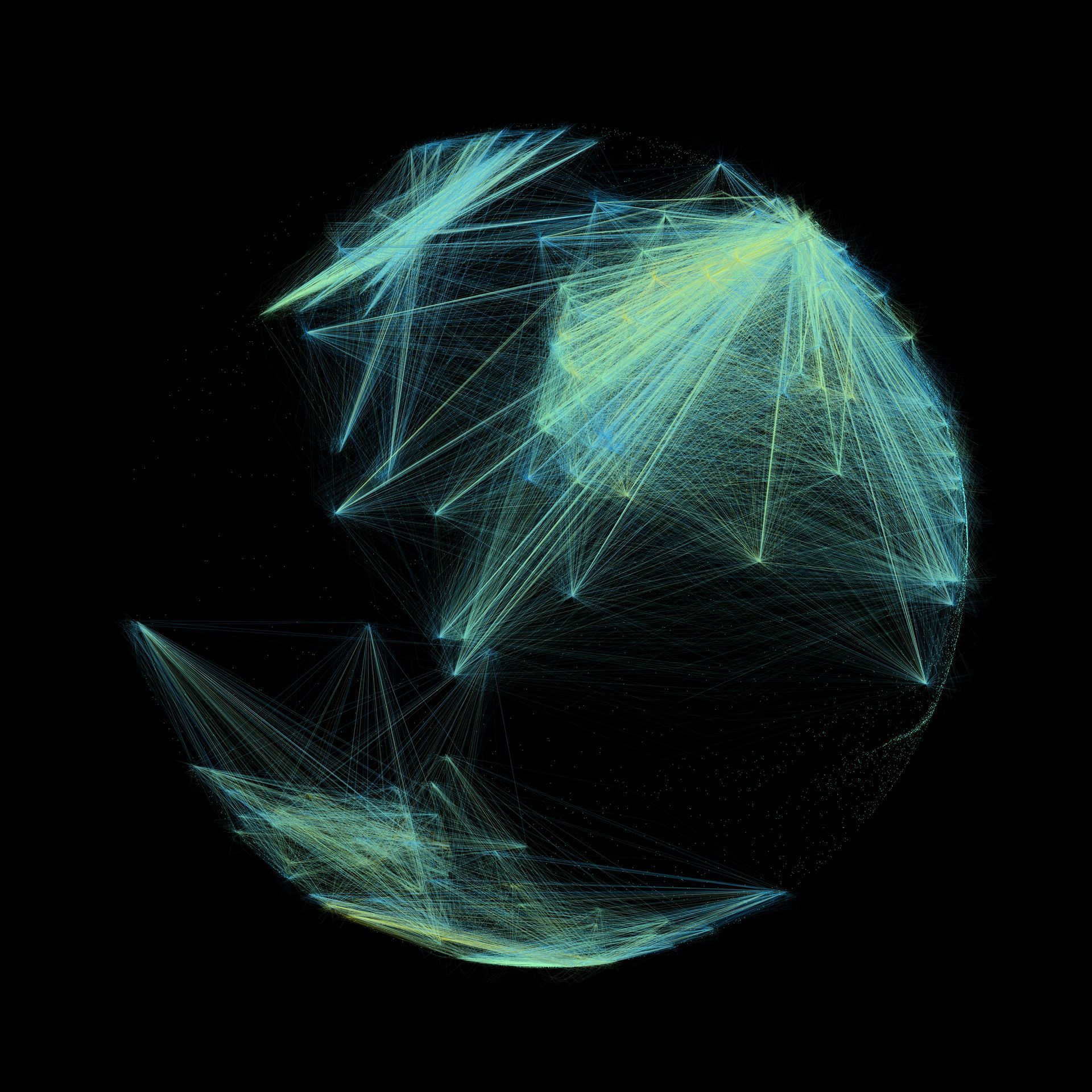The Bespoke Citizen: Estonia's Masterful Evolution of AI-Driven Governance
Estonia . . . Where IS That? And Who Would Have Thought?
When you think of global leaders in artificial intelligence, you might think of the United States or China. But when it comes to the practical, nation-wide integration of AI into government services, the undisputed frontrunner is a small Baltic nation most of us know little about: Estonia.
Often overlooked on the world stage, Estonia has quietly become the digital gem of Northern Europe – a highly developed, high-income country where technological innovation isn't just a policy, but a national identity.
The country's tiny 1.3 million population, spread across a small, heavily-forested landmass, goes a long way towards explaining why a digital-first communication strategy was so appealing to its leaders.
A member of the European Union, NATO, and the OECD, this little geographic jewel was under occupation by the Soviet Union until 1991. When it regained its independence, it essentially had to build a modern government from scratch, with no legacy infrastructure to hold it back.
That clean slate was its greatest advantage. With no archaic paper-based systems and no entrenched bureaucracy, Estonia's leaders of the mid-1990s made a radical strategic decision: they committed to building a lean, digital-first state rather than a large, expensive physical bureaucracy.
e-Estonia . . . A (Very) Early Starter
For Estonia, this was never just a technology project; it was a nation-building philosophy. For the ensuing three decades, successive leaders have systematically built the world's most advanced digital society, often known as e-Estonia.
But is this unique to them? While many countries have excellent "digital front doors"—Singapore's world-class digital identity program, for example - none have achieved Estonia's level of deep, legally mandated data integration.
The key difference lies in two foundational pillars: the "once-only" principle, which forbids the government from asking a citizen for information it already has, and the "X-Road", the secure technology that allows different departments to exchange that data seamlessly. Because of this, most analysts conclude that Estonia remains years ahead of the international pack.
And Now . . . Introducing 'Burokratt'
The latest evolution of this philosophy is the AI-driven virtual assistant network, "Bürokratt".
Officially launched into its development phase in 2021, its goal, according to the Estonian Ministry of Economic Affairs and Communications, is to provide refined, seamless, and proactive public services.
Reflecting the adaptive nature of AI ecosystems, the Bürokratt initiative was not a single-event launch. Following its initial development phases, the project has now, in 2025, entered an advanced pilot stage, testing specific "life event" scenarios with the goal of a gradual roll-out over the coming years.
The catalyst for Bürokratt was the growing incongruity between Estonia's already-advanced digital governance environment, and the remaining friction points in citizen services. The goal was to eliminate this final friction point by creating a single, pro-active interface.
According to Ott Velsberg, the Chief Data Officer of the Government of Estonia, the vision is clear:
"The ultimate aim of Bürokratt is that a citizen will no longer have to wander between different institutions. The state will have a single virtual face."
The state, says Velsberg, “should know what is happening in the citizen’s life, and the state should be offering the services to the citizen, not the other way around."
Trust, Security & the 'Glass Box'
It’s statements like that, however, that land awkwardly with privacy advocates – and, indeed, with most citizens in Western democracies. And it raises the single most important question: why do Estonians allow this?
The answer is the secret sauce to their success: they built public trust by engineering a system of radical transparency, a "Glass Box" model, not a "Black Box." The system is built on the principle that the citizen owns their data, and the government is merely a custodian.
In practice, every citizen can use a tool called the " Andmejälgija" (data tracker
) to see a clear, un-editable log showing exactly which official has accessed their data, and for what reason, in real-time. This transparency is backed by severe legal penalties. Under the Estonian Penal Code,
unlawful access to data is a criminal offence punishable by hefty fines or up to 5 years' imprisonment.
Thus, trust is not just promised; it is engineered into the system, by giving citizens total visibility and control . . . and, in so doing, ensuring peace-of-mind uptake and usage by the vast majority of the citizenry.
The system aims to transform government from a frustrating bureaucracy into a helpful life-admin partner. A citizen turning 65 could be proactively asked, "It looks like you're eligible for your state pension. Would you like us to start the application?" It also promotes equity by closing the "knowledge gap," ensuring everyone gets the benefits they are entitled to, not just those who are savvy enough to ask.
However, understandably, this level of data integration also raises profound questions about the "Surveillance State." A government that has a complete, real-time picture of a citizen's entire life is, arguably, all-powerful. Even in Estonia, the questioning attitudes will almost certainly increase over time, as the international debate heats up regarding the line between a helpful, proactive government and an overly intrusive one.
The trade-off between pro-active convenience and potential surveillance is the central question that will define the future relationship between the citizen and the state in the AI era. It's a complex and controversial frontier that Government AI World will be exploring in-depth in future coverage.







